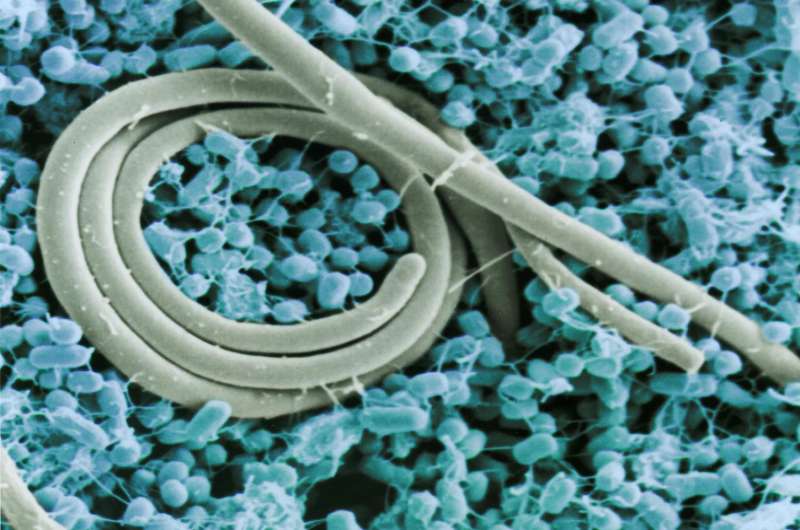Innovative Eye Drop Shows Promise in Protecting Vision with Targeted Delivery of Compounds

A novel eyedrop utilizing nanotechnology shows promise in delivering protective compounds directly to the retina, offering a less invasive option for treating retinal diseases like AMD.
A groundbreaking eyedrop formulation has demonstrated early success in delivering protective compounds directly to the retina, opening new possibilities for the treatment of severe vision impairment. Developed by researchers at RMIT University, this eye drop targets retinal diseases such as age-related macular degeneration (AMD), which severely damages the macula and can lead to blindness in millions worldwide.
The formulation utilizes advanced nanotechnology called cubosomes to carry and stabilize lutein, a potent antioxidant found in Gac fruit, and deliver it efficiently to the back of the eye—a region traditionally accessible only through invasive injections. In preclinical studies with mice, the eyedrop reached the retina and maintained the active compound’s stability for months at room temperature. Moreover, cell culture experiments showed that lutein delivered via this new method protected retinal cells from stress and damage associated with vision loss.
This innovative approach could significantly improve patient experience by reducing reliance on uncomfortable and frequent eye injections. Dr. Dao Nguyen, who co-led the research, emphasized that if further studies confirm the safety and effectiveness, this eyedrop could serve as a preventative treatment for early stages of age-related macular degeneration, potentially reducing the need for invasive procedures. However, she clarified that the eyedrops are not intended to replace injections but to complement existing therapies.
The delivery platform's versatility was highlighted by team leader Associate Professor Tien Huynh, indicating it could be adapted for various compounds. The research team also developed a patented nanocarrier system capable of protecting fragile ingredients and releasing them gradually inside the eye, overcoming longstanding challenges in ocular drug delivery.
Clinician-scientist Associate Professor Chi Luu from CERA noted the promising potential of this approach to revolutionize AMD treatment. Nonetheless, the current stage of research involves cell and animal models without yet demonstrating improved disease outcomes. Future steps include collaborations with clinical and industry partners to progress toward human trials.
The study, titled "Optimizing lutein formulations for targeted ocular drug delivery: in vitro and in vivo insights," is published in ACS Applied Materials & Interfaces. This research adds to growing evidence on the benefits of plant-derived compounds like lutein in eye health and highlights new avenues for non-invasive treatment options for retinal diseases.
source: https://medicalxpress.com/news/2025-09-experimental-eyedrop-formula-compounds-vision.html
Stay Updated with Mia's Feed
Get the latest health & wellness insights delivered straight to your inbox.
Related Articles
Exploring the Phenomenon of Objectless Sleep: The Science of Consciousness Without Content
Scientists are researching rare sleep states characterized by contentless awareness, challenging traditional views on consciousness and expanding our understanding of sleep and awareness.
Innovative Blood Micro-Sampling Technique Promises Early Detection and Prevention of Type 1 Diabetes
A novel blood micro-sampling method enables early detection of type 1 diabetes, offering potential for preventative treatment and improved disease monitoring.
Alzheimer's-Linked Protein Identified as a Factor in Lung Cancer Brain Metastasis
New research reveals that BACE1, a protein linked with Alzheimer's, may facilitate lung cancer's spread to the brain, opening new avenues for targeted therapies.
Promising New Vaccine Targets Typhoid and Salmonella Infections in First Human Trial
A new vaccine showing strong immune responses against typhoid and invasive Salmonella has proven safe in initial human trials, offering hope for effective disease prevention in endemic regions and beyond.



